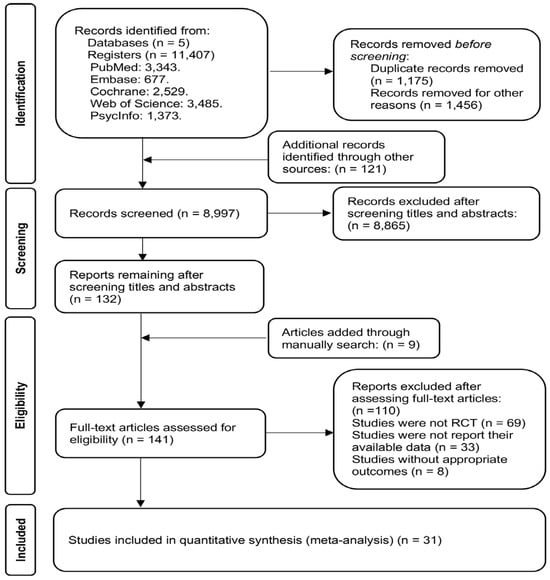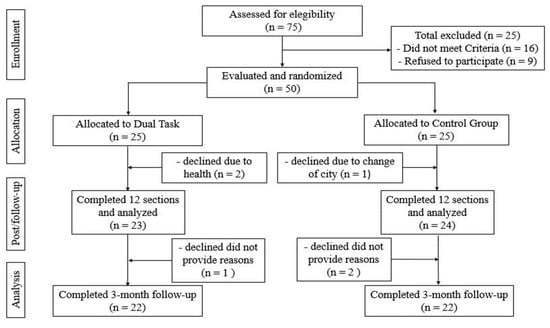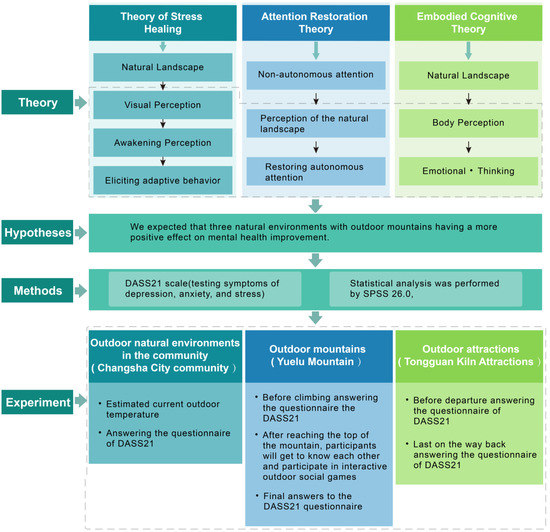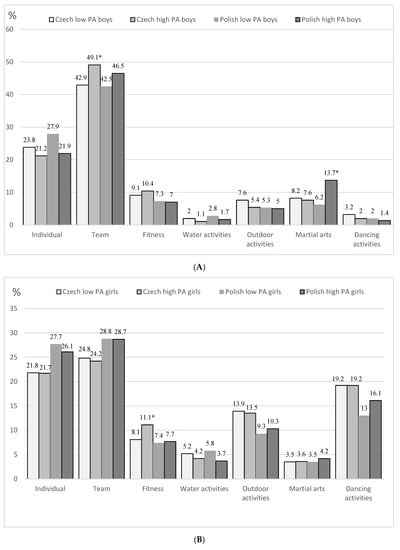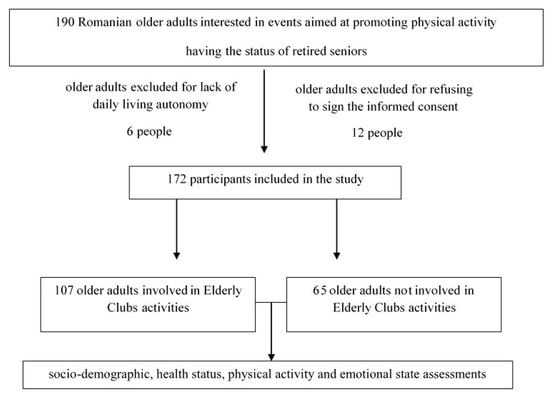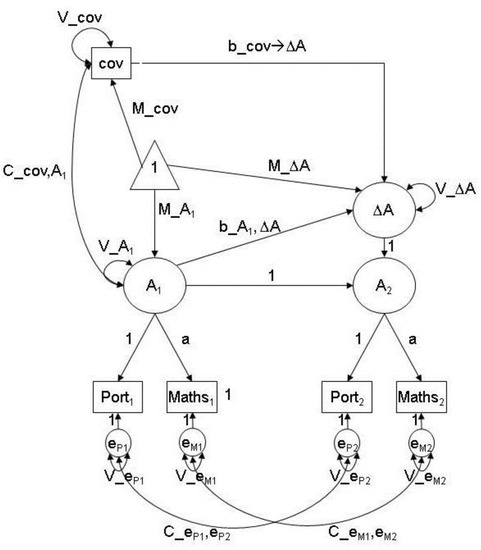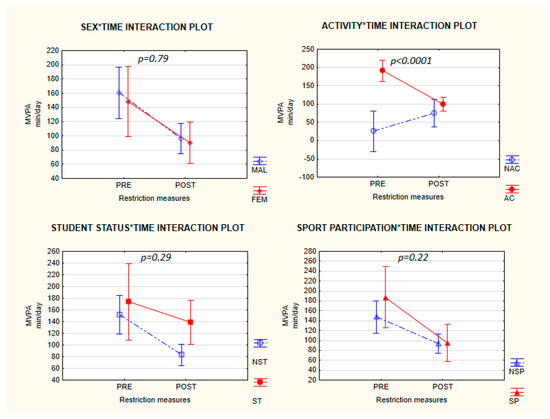Physical Activity and Sustainable Health
A topical collection in Sustainability (ISSN 2071-1050). This collection belongs to the section "Health, Well-Being and Sustainability".
Viewed by 46162Editors
2. Health Institute (ISAMB), Faculty of Medicine, University of Lisbon, 1649-020 Lisbon, Portugal
Interests: physical activity; health education; public health
Special Issues, Collections and Topics in MDPI journals
Interests: physical activity; fitness; public health; epidemiology; physical education
Special Issues, Collections and Topics in MDPI journals
Topical Collection Information
Dear Colleagues,
The Sustainable Development Goals (SDGs) are part of the United Nations 2030 agenda for peace and prosperity for people and the planet, now and into the future. Goal 3 from the SDGs, “Ensure healthy lives and promote well-being for all at all ages”, is focused on health promotion and reinforces the importance of well-being. One of the targets from this goal is ‘by 2030, reduce by one-third premature mortality from non-communicable diseases through prevention and treatment and promote mental health and well-being’.
The impact of physical activity on health is well established, especially chronic diseases and mental health. Furthermore, endorsing physical activity is often considered as an important strategy to promote health for all. Physical activity brings significant benefits for peoples’ health and can have an essential role in helping to achieve the SDGs, especially the health-related goal 3.
Research interest in physical activity and its potential as a health-promoting strategy has been increasing over the years. Meaningful investigations on this topic can help public health, education, and social authorities to make more informed decisions and undertake meaningful action in promoting health and help to achieve SDGs goal 3.
This Topical Collection of MDPI’s Sustainability entitled “Physical Activity and Sustainable Health” is open to scientific articles from all disciplines investigating:
- The impact of physical activity on health and well-being;
- The role of physical activity in promoting sustainable health;
- The use of physical activity as a strategy to promote health for all.
Dr. Adilson Marques
Dr. Miguel Peralta
Collection Editors
Manuscript Submission Information
Manuscripts should be submitted online at www.mdpi.com by registering and logging in to this website. Once you are registered, click here to go to the submission form. Manuscripts can be submitted until the deadline. All submissions that pass pre-check are peer-reviewed. Accepted papers will be published continuously in the journal (as soon as accepted) and will be listed together on the collection website. Research articles, review articles as well as short communications are invited. For planned papers, a title and short abstract (about 100 words) can be sent to the Editorial Office for announcement on this website.
Submitted manuscripts should not have been published previously, nor be under consideration for publication elsewhere (except conference proceedings papers). All manuscripts are thoroughly refereed through a single-blind peer-review process. A guide for authors and other relevant information for submission of manuscripts is available on the Instructions for Authors page. Sustainability is an international peer-reviewed open access semimonthly journal published by MDPI.
Please visit the Instructions for Authors page before submitting a manuscript. The Article Processing Charge (APC) for publication in this open access journal is 2400 CHF (Swiss Francs). Submitted papers should be well formatted and use good English. Authors may use MDPI's English editing service prior to publication or during author revisions.
Keywords
- health-related physical activity
- exercise
- chronic diseases
- public health







